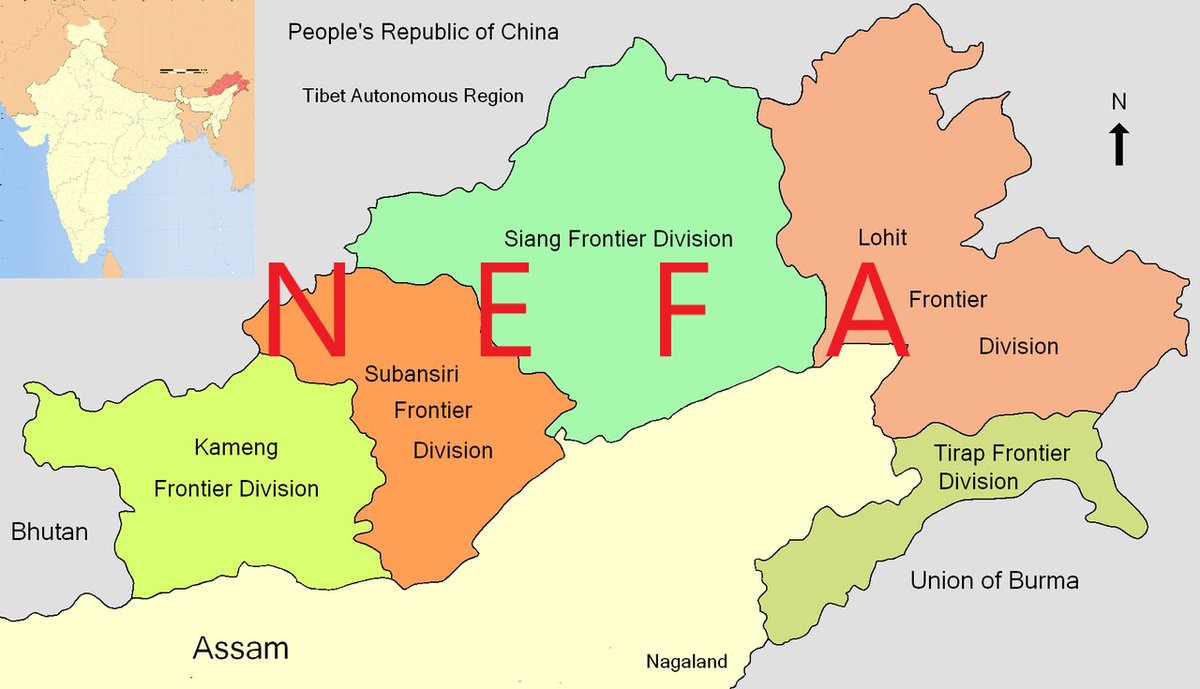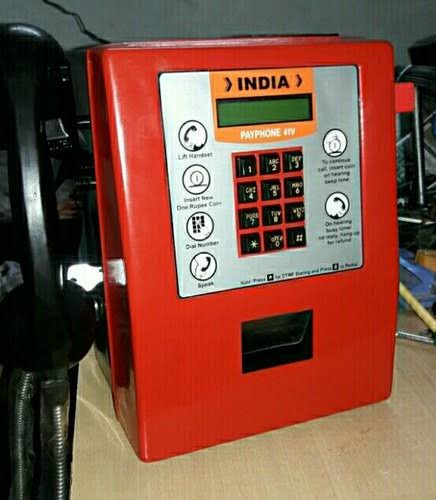4. By 1951, Tibet is annexed to PRC. Tibet which once used to serve as Buffer state between India and China was no more an Independent state but part of People's Republic of China(PRC). China now directly shares 3000km+ border with India.
The policy focuses on securing control of COK posts by invasion. Establishing a series of posts all along its Northern and Eastern borders, to prevent Chinese further invasions with a belief that China would not attack a 'peace seeking India'
Indian Army of 280000 was short by 60000 files, 700 anti-tank guns, 5000 radio field sets, thousands of miles of field cable, 36000 wireless batteries, 10000 1-ton trucks and 10000 3-ton trucks!
32. Fast forward to Sep 1962, A forward post was setup at Dhola. From the nearest road at Tawang in Arunachal Pradesh, this Dhola post was a 6 days uphill trek, if there were no landslides.
a. Modernise Military Weapons.
b. Upgrade Border Infrastructure.
c. Build Strong Alliances.
d. Strong focus on political-Military leadership connect.
e. Co-ordination b/w Army, Navy, Airforce. (Identification of CDS - Finally formed in 2019)
But beware of Wiki. It tries to manipulate the events to change Chacha's image. Don't go by that history.
Major events from the book 'Himalayan Blunder' written by Commander JP Dalvi who himself fought in the battle and later captured by PRC.









